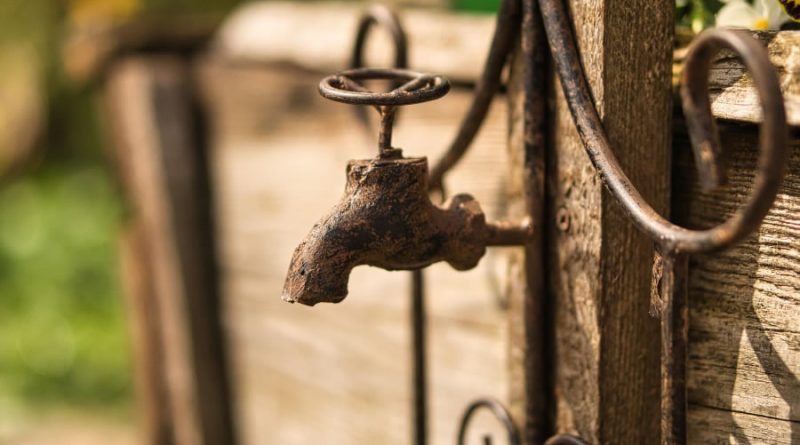The Old History of Wooden Water Pipes
The Old History of Wooden Water Pipes
It might be hard to believe, but wood was once a popular material of choice for waterworks in previous centuries. The pipe networks under our cities were made of brick and mortar at first, with Philadelphia becoming home to the very first waterworks system in 1802. However, it soon became apparent that corrosive metals inside the sewer systems wore down the mortar, bringing about a change in the materials used.
Wood was one of the first materials to be explored with success after the move away from brick and mortar. Two types of wooden pipe were used across the United States:
- Stave style wooden pipes were constructed by joining beveled boards with steel banding.
- Log style wooden pipes were simply the product of hollowing out a large log. This type of pipe continues to be discovered and extracted as recently as 2018 in Washington State.
Wooden pipes were a reliable choice for 19th century urbanization when people didn’t have many other options to choose from. It was relatively cheap, easy to access and easy to manipulate. There is also evidence of wooden pipes having been installed for the homes of the upper classes in London as far back as the 13th century.
By the start of the 20th century, wooden pipes were being excavated across the United States to replace them with more robust alternatives like vitrified clay or fiber conduit.
Why have wooden pipes been replaced?
Of course, the main issue with wooden pipes is that they will get worn down over time. A mixture of water and air causes wood to rot, making the pipes prone to leaks and rendering them ineffective.
Despite the fact that tightly-sealed wooden underground pipes have been shown to last for over 2,000 years, this is the exception to the rule. The urban landscapes of today, with an ever-increasing population, spells out a need for a much more reliable waterwork system.
While there is no universally-agreed-upon option for piping materials, plastics such as PVC are a common sight today. They are much less resistant to corrosion than wood, brick and mortar and other materials from the past. Plastic pipes are trusted to carry substances from water to gas and chemicals.
However, plastic pipes only became commonplace in the 1950s and 1960s, so they have yet to prove their lifespan beyond 60 years.
–
Written by Jack Vale

